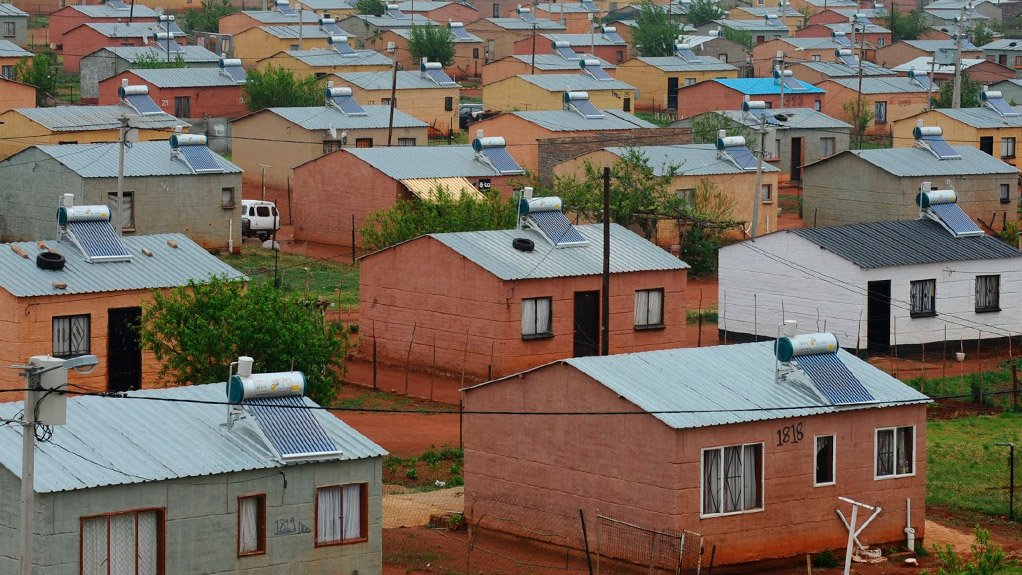The content on this page is not written by Polity.org.za, but is supplied by third parties. This content does not constitute news reporting by Polity.org.za.
The Western Cape’s housing backlog now sits at a staggering 688,824 households and is growing. Yet, the answers received from Infrastructure MEC Tertuis Simmers expose a system so dysfunctional that it might as well not exist.
When asked how long the top ten applicants in each municipality have been waiting, the answers are devastating; many have waited more than 30 years. One individual has been on the list for over 62 years.
The waitlist is a myth. If the housing waiting list were real, if it were respected, we wouldn’t see applicants from the 1960s and 70s still waiting. But we do, proving it is merely a tool for political performance, not a planning tool.
Simmers’ claims that the reason for the delay is because people have not updated their details, that many no longer qualify, or that some have passed away, as though the systemic failure lies not in government’s inaction, but in the paperwork of people who have waited decades in backyard shacks, informal settlements, or overcrowded flats. For many, it is too late. They’ve died waiting.
These are not administrative glitches, they are the direct consequence of a broken system. A system in which newer applicants, placed in more "developable" areas, leapfrog the queue.
Meanwhile, housing delivery is collapsing in the province. In 2024/25, the province completed only 3,046 Breaking New Ground (BNG) units and 1,331 Finance-linked Individual Subsidy Programme (FLISP) units. That’s just 4,377 homes, a mere 0.6% of the backlog. At this rate, it would take over 157 years to clear the current housing need.
And to make matters worse, the Province faces infrastructure budget cuts. The province has lost R800 million in unspent housing funds over two years, R300 million this year alone because it failed to spend what was allocated. That money could have housed thousands. Instead, it’s gone.
The so-called “housing waiting list” also has no influence on where housing is actually built. According to Simmers, the province prioritises development based not on the queue, but on municipal “Integrated Development Plans”, plans often focused on smaller, politically safer areas, far removed from economic opportunities. This model only further perpetuates the spatial injustices of the past.
The biggest municipality, Cape Town, accounts for 431,902 people on the housing database, more than the next 24 municipalities combined. Yet even this overwhelming demand does not translate into proportional investment.
And yet, the Province continues to make grand announcements about “earmarked” land. But earmarking is not building. We cannot allow symbolic gestures to stand in for real delivery. The waitlist grows. People die.
We call on the Western Cape Government to act now:
- Respect the housing queue and deliver based on need, not convenience.
- Drastically improve delivery or devolve land to communities willing to build.
- Stop using bureaucratic language to mask political failure.
The people of this province deserve more than data cleansing and delays. They deserve homes.
Issued by Brett Herron, GOOD: Secretary-General
EMAIL THIS ARTICLE SAVE THIS ARTICLE ARTICLE ENQUIRY
To subscribe email subscriptions@creamermedia.co.za or click here
To advertise email advertising@creamermedia.co.za or click here











